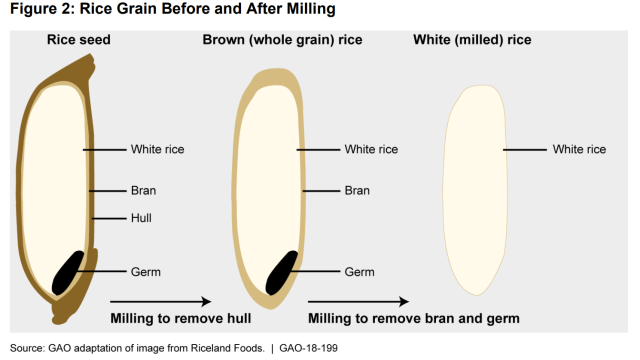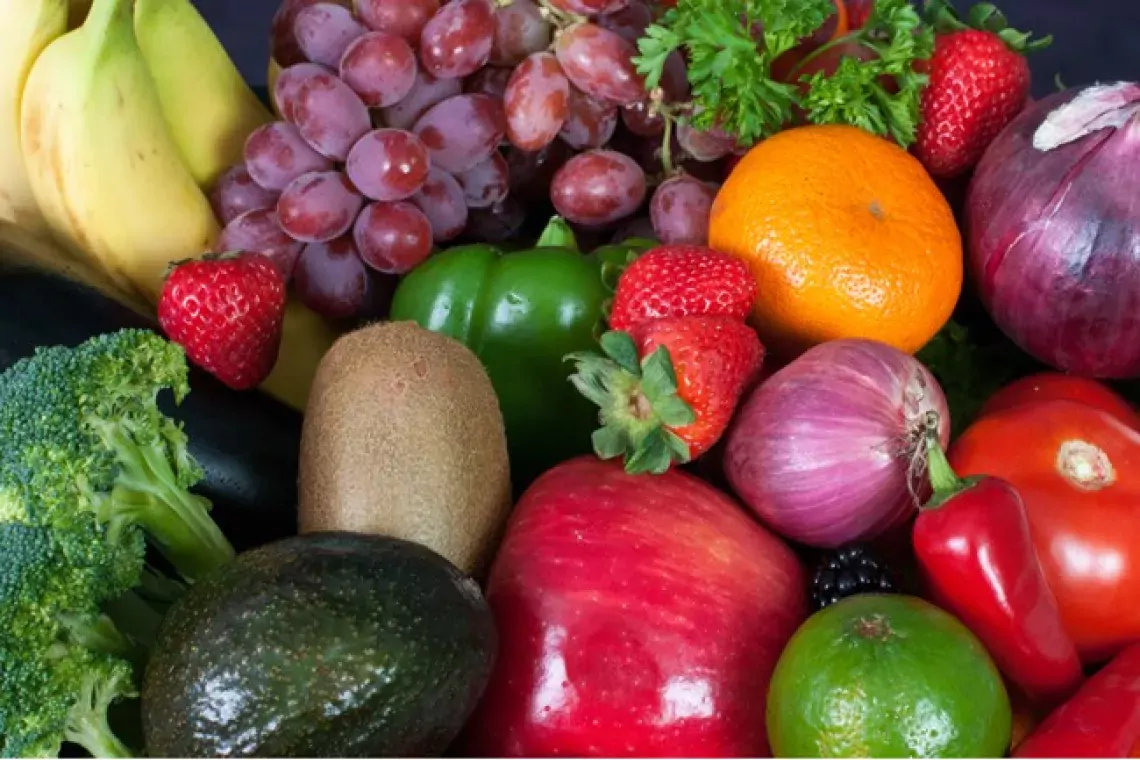Arsenic in Rice
Despite what old movies may have led you to believe, eccentric aunts don’t usually slip arsenic into your elderberry wine. But high levels of arsenic are dangerous—just like in the movies.
Did you know that there might be arsenic in your rice? Today’s WatchBlog explores our report on what the federal government is doing to manage the health risks of arsenic in rice.
How did it get there?
Arsenic is a naturally-occurring element found in water, air, and soil. Compared to other plants, rice contains higher levels of inorganic arsenic—thought to be the more toxic form—due to the physiology of rice and the conditions under which it is grown. For example, rice may easily absorb certain arsenic compounds because arsenic is similar in size to compounds containing silicon (an essential nutrient for rice). Rice is also typically grown in flooded fields, which promote the formation of arsenic compounds that may be easily absorbed by the rice plant.
Additionally, brown rice has been touted for its health benefits thanks to its nutrient-rich bran and germ. However, levels of inorganic arsenic may be higher in brown rice than in white rice because removing the nutritious bran layer may also remove much of the inorganic arsenic.
What are the health risks?
Arsenic commonly enters the human body from food and water. Potential health effects of long-term ingestion of high levels of arsenic include skin lesions, lung cancer, and cardiovascular disease.
The health effects of lower levels of arsenic, however, are uncertain. Compared to adults, who tend to have a more varied diet, infants and children may be more at risk because rice is often used in food for infants and young children. It is also easier for smaller people to consume more arsenic relative to their body weight.
The federal response
The Food and Drug Administration (FDA) and the U.S. Department of Agriculture (USDA) have taken various actions to reduce the health risks of arsenic in rice. For example:
- FDA issued draft guidance in 2016 recommending that industry not exceed a level of 100 parts per billion (equivalent to 100 micrograms of arsenic per kilogram of rice) of inorganic arsenic in infant rice cereal. According to representatives of the rice industry, this draft guidance has become a de facto industry standard for infant rice cereal.
- FDA also provides advice to consumers on its website, like informing them that cooking rice like pasta and draining the excess water can reduce the amount of inorganic arsenic.
- USDA’s Agricultural Research Service (ARS) found that alternate wetting and drying—a growing method in which rice fields are periodically drained and reflooded—could decrease levels of arsenic.
But we found that FDA and USDA could improve how they manage the health risks of arsenic in rice. For example, FDA and USDA should coordinate on developing methods to detect contaminants like arsenic in food.
To learn more, check out our report.
- Comments on GAO’s WatchBlog? Contact blog@gao.gov.
GAO Contacts
Related Products

GAO's mission is to provide Congress with fact-based, nonpartisan information that can help improve federal government performance and ensure accountability for the benefit of the American people. GAO launched its WatchBlog in January, 2014, as part of its continuing effort to reach its audiences—Congress and the American people—where they are currently looking for information.
The blog format allows GAO to provide a little more context about its work than it can offer on its other social media platforms. Posts will tie GAO work to current events and the news; show how GAO’s work is affecting agencies or legislation; highlight reports, testimonies, and issue areas where GAO does work; and provide information about GAO itself, among other things.
Please send any feedback on GAO's WatchBlog to blog@gao.gov.






